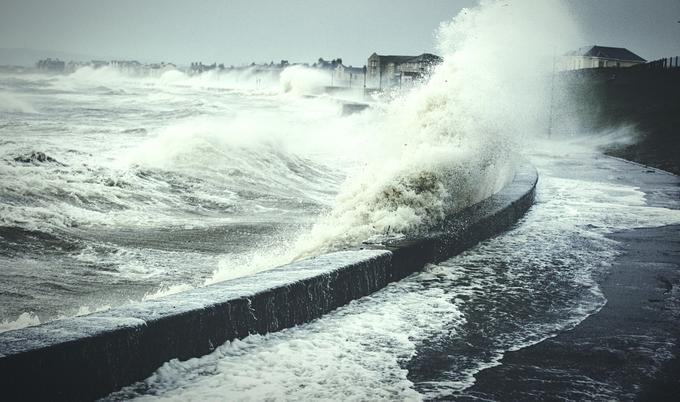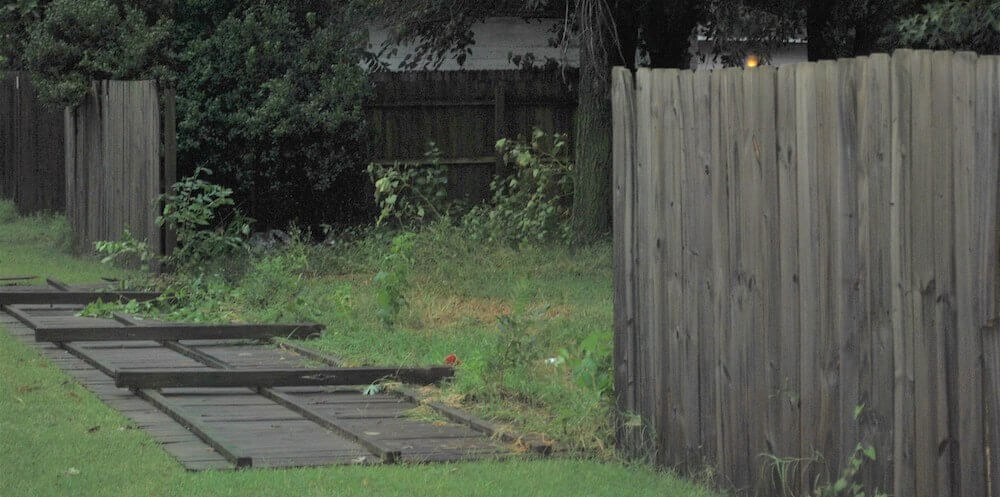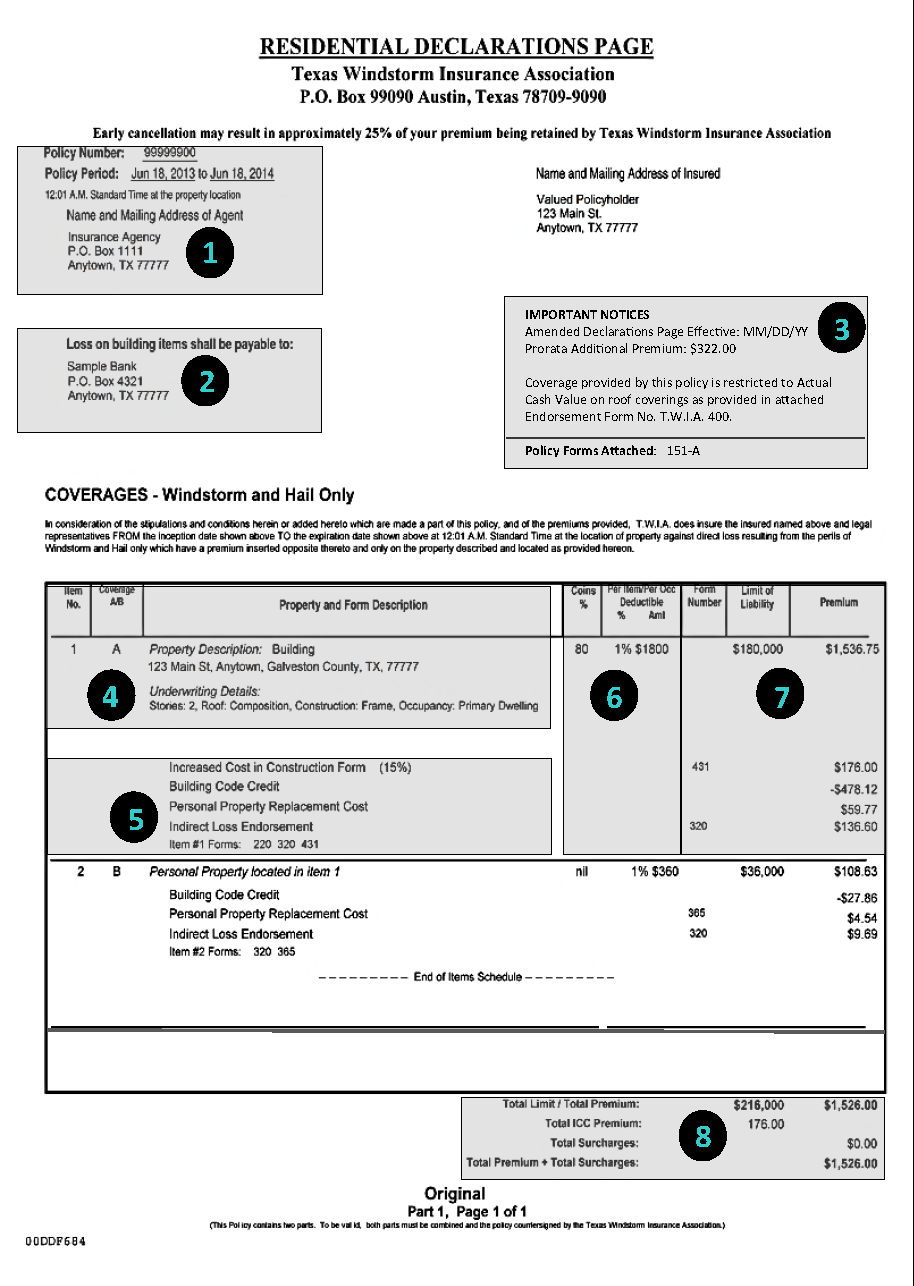You may have heard of the Derecho or Macroburst, but what does it really mean? These words mean “violent windstorm” and they are often used interchangeably. In this article, we’ll talk about the difference between these two types of storms and how you can best prepare for them. If you’re experiencing a violent windstorm, read this article to learn more about the terms you might encounter.
Derecho
A derecho is a severe windstorm caused by strong prevailing winds. Derechos can be distinguished by their shape, which is similar to the shape of an archer’s bow. These storms move at high speeds across the landscape and often take sharp turns. A typical derecho consists of many downburst clusters and one or more bow echoes. It may be a single storm, or a series of storms, depending on their shape.
In addition to causing damaging winds, derechos can cause heavy rains and flash floods. They can also develop under conditions of divergent upper-tropospheric winds. In these circumstances, derechos are most likely to occur near regions of low-level moisture and warm-air advection. A derecho’s duration can last hours or even days. Its duration depends on the local atmospheric conditions, such as the temperature and humidity.
While derechos typically occur in the northern hemisphere during the spring and summer months, they can develop at any time of year. In Canada, the windiest derechos tend to occur at night, during the warm season. Although they are rare at night, derechos can cause extensive damage and disruption to property. In the summer months, derechos are the sixth most common insured loss event in the history of the country.
Macroburst
The first step in understanding a microburst is to determine whether it is a violent windstorm or a thunderstorm. In order to be considered a microburst, the downdraft must be four kilometers or less. If it is higher than four kilometers, the storm is a macroburst. During a storm’s life cycle, it can produce multiple downbursts, each with its own distinct signature on radar.
Unlike a microburst, a macroburst has a defined center point. Once on the ground, the strong winds spread out in all directions, resulting in damage patterns that extend radially outward from the center of the storm. Both types of windstorms have the same general characteristics, but macrobursts tend to cause greater damage. In comparison, a microburst is smaller, less than 2.5 miles in diameter, and causes less damage to buildings.
Several microbursts were recently documented in the United States. In June, a microburst caused damage to buildings and trees in Bladensburg, Maryland. Thousands of people were without power for days due to the storm. Thankfully, no one was injured during the storm. A macroburst also hit the Netherlands and caused widespread damage in the region, including the closing of schools, power companies, and businesses.



